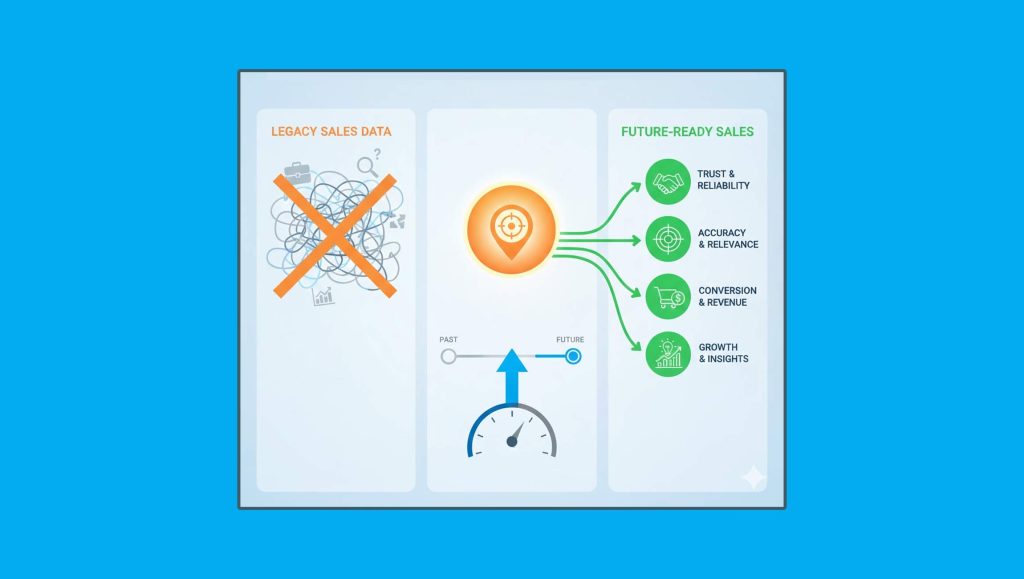The company’s Q4 Consumer Trends Report highlights how consumers are choosing to spend on priority expenses like car repairs and groceries over nonessential entertainment, gym, and beauty purchases
Gravy Analytics, the leading provider of enterprise location intelligence, released its Q4 Consumer Trends Report, which analyzed foot traffic data across a variety of locations from Q4 2021 to Q4 2022 to see how consumer behavior has changed across industries. The report found that foot traffic increased to automobile, shopping, and banking and finance venues, but decreased significantly within the restaurant, entertainment, and transportation categories. The data indicates that consumers are being selective about which purchases to prioritize over others.
Auto purchases take a front seat as supply chain slowly recovers
The data from Gravy’s latest report proved auto purchases are a key focus for American consumers as many returned to work last year and reprioritized automotive spending that was put on hold previously. Foot traffic in the automobile category was 17% higher in Q4 2022 compared to Q4 2021, and auto part stores (25%), used car dealerships (18%), and new car dealerships (17%) saw the largest consumer foot traffic increases of the category during this period.
With many people returning to work, car maintenance that was put on hold during the pandemic has now become a priority for many as they face more daily wear and tear driving to and from work. The overall jump in consumer foot traffic in the auto category also suggests that supply chains are slowly beginning to recover, and that consumer demand is no longer outpacing supply as it was in previous quarters.
Read More: Quantiphi Wins Inc.’S 2022 Best In Business Award In The Established Excellence Category
Consumers establish new shopping behaviors
As of Q4 2022, brick-and-mortar stores regained popularity as foot traffic to shopping destinations was 9% higher in Q4 2022 compared to Q4 2021. However, some shopping destinations fared better than others.
Consumers are placing a premium on necessity and value, making stores that sell daily needs at a reasonable cost—like home improvement supplies and groceries—the retail winners of late. Home building (41%), wholesale (32%), food (22%), pet (10%), and discount stores (8%) all saw higher foot traffic in Q4 2022, compared to the same period the previous year, while visits to sporting goods (-22%), gift (-28%), and department stores (-37%) declined during the same period.
Visits to grocery stores remained strong for most brands, as consumers likely shifted to preparing meals at home as a way to conserve costs. Insights from Gravy’s report revealed that among grocery store chains, discount grocers like Meijer (50%) and Wegmans (48%) are finding favor over higher-end brands like Whole Foods (19%) and Trader Joe’s (-6%) that saw less foot traffic in comparison.
“Insights from our report show that consumers are making careful decisions about their spending and are looking for value much more now than they were a year ago,” said Jeff White, founder and CEO of Gravy Analytics. “As widespread layoffs and economic uncertainty rage on, expect consumers to look for ways to save money on clothing, housewares, and other living essentials so long as job security and inflation remain concerns.”
Read More: SalesTechStar Interview with Jeannine Shao Collins, Chief Client Officer at Kargo
Restaurants, entertainment venues, and airports continue to feel the impact of rising costs
Gravy’s report revealed that nonessential businesses like restaurants, business venues, and entertainment destinations ended the year with lower foot traffic due to rising ticket prices and overall increased costs of these activities.
The general entertainment category saw a decline of 26% during Q4 2022 compared to Q4 2021, and visits to all restaurant types in the category were down during the same period, with fast food as the one exception (2%). Visits to venues in the services industry like gyms (-25%) and beauty-related services (-22%) also saw heavy declines during Q4 2022 with consumers dialing back on discretionary spending on nonessential services.
The transportation category was no exception and also fell victim to lower foot traffic with bus stations (-9%), airports (-18%), and train stations (-23%) all seeing a decline from the year prior. The one bright spot for transportation proved to be rental car locations (10%) as lower gas prices coupled with rising airfare and the inconsistency of air travel caused more people to opt for a road trip.
Consumer trends to watch in 2023
“Based on our findings, we predict that discretionary purchasing activity will not recover anytime soon given the current economic climate,” said White. “This means places like gyms, restaurants, sport venues, and luxury retail locations will continue to see decreased foot traffic this year as consumers utilize low cost or free alternatives like cooking at home, hiking through a public park, or taking advantage of discount stores and one-stop shopping.”





















